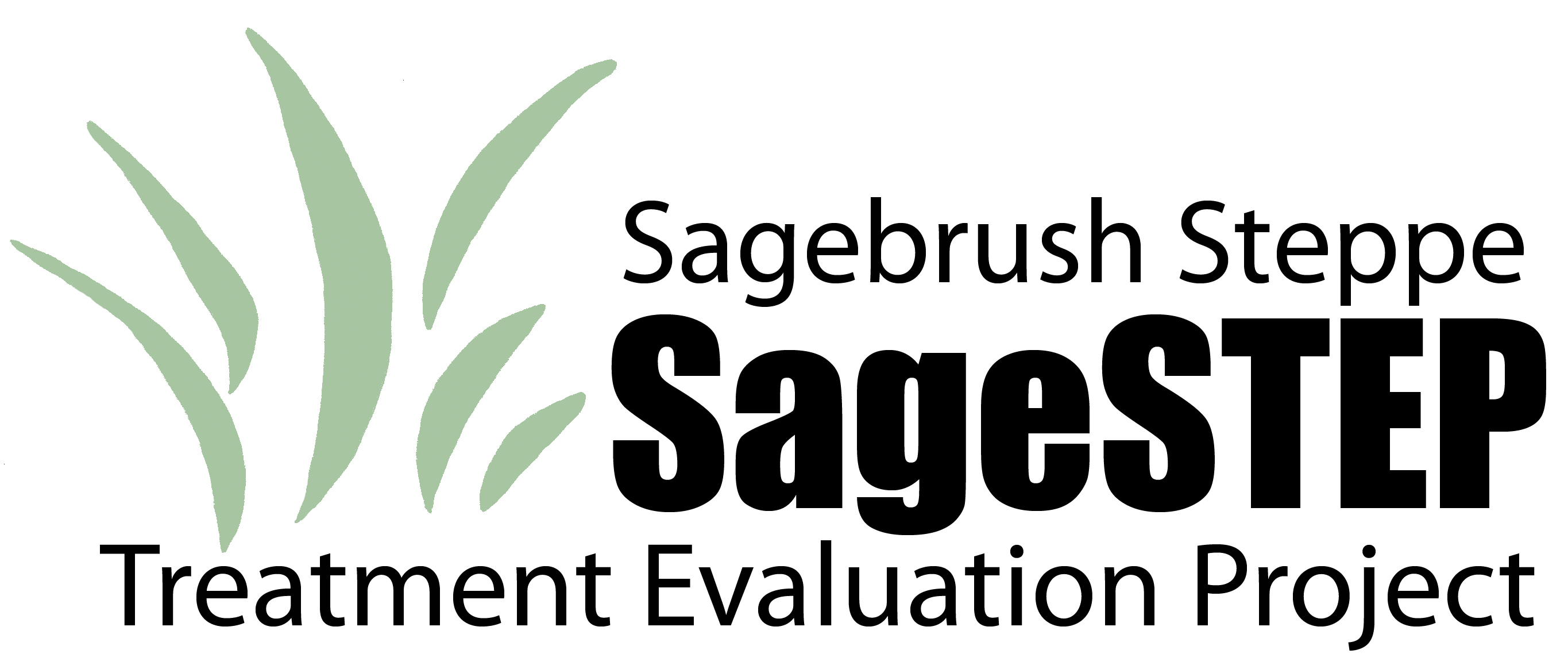Document Type
Article
Journal/Book Title/Conference
Water
Volume
12
Issue
8
Publisher
MDPI AG
Publication Date
8-6-2020
First Page
1
Last Page
35
Creative Commons License

This work is licensed under a Creative Commons Attribution 4.0 License.
Abstract
Pinyon (Pinus spp.) and juniper (Juniperus spp.) woodland encroachment into sagebrush (Artemisia spp.) steppe communities throughout western North America has substantially altered the vegetation structure and hydrologic function of one of the most ecologically important rangeland ecosystems in the world. Various pinyon and juniper tree removal practices are employed to re-establish sagebrush steppe vegetation and an associated resource-conserving ecohydrologic function. The effectiveness of these practices is highly variable owing to the vast domain in which woodland encroachment occurs, climate fluctuations, differences in treatment applications, and myriads of pre-treatment conditions and post-treatment land uses. This study evaluated the long-term (13 years post-treatment) effectiveness of prescribed fire and mechanical tree removal to re-establish sagebrush steppe vegetation and associated spatial patterns in ground surface conditions and soil hydrologic properties of two woodland-encroached sites. Specifically, we assessed the effects of tree removal on: (1) vegetation and ground cover at the hillslope scale (990 m2 plots) and (2) associated spatial patterns in point-scale ground surface conditions and soil hydrologic properties along transects extending from tree bases and into the intercanopy areas between trees. Both sites were in mid to late stages of woodland encroachment with extensive bare conditions (~60–80% bare ground) throughout a degraded intercanopy area (~75% of the domain) surrounding tree islands (~25% of domain, subcanopy areas). All treatments effectively removed mature tree cover and increased hillslope vegetation. Enhanced herbaceous cover (4–15-fold increases) in burned areas reduced bare interspace (bare area between plants) by at least 4-fold and improved intercanopy hydraulic conductivity (> than 2-fold) and overall ecohydrologic function. Mechanical treatments retained or increased sagebrush and generally increased the intercanopy herbaceous vegetation. Intercanopy ground surface conditions and soil hydrologic properties in mechanical treatments were generally similar to those in burned areas but were also statistically similar to the same measures in untreated areas in most cases. This suggests that vegetation and ground surface conditions in mechanical treatments are trending toward a significantly improved hydrologic function over time. Treatments had limited impact on soil hydrologic properties within subcanopy areas; however, burning did reduce the soil water repellency strength and the occurrence of strong soil water repellency underneath trees by three- to four-fold. Overall, the treatments over a 13-year period enhanced the vegetation, ground surface conditions, and soil hydrologic properties that promote infiltration and limit runoff generation for intercanopy areas representing ~75% of the area at the sites. However, ecological tradeoffs in treatment alternatives were evident. The variations in woodland responses across sites, treatments, and measurement scales in this long-term study illustrate the complexity in predicting vegetation and hydrologic responses to tree removal on woodland-encroached sagebrush sites and underpin the need and value of multi-scale long-term studies.
Recommended Citation
Williams, C.J.; Johnson, J.C.; Pierson, F.B.; Burleson, C.S.; Polyakov, V.O.; Kormos, P.R.; Nouwakpo, S.K. Long-Term Effectiveness of Tree Removal to Re-Establish Sagebrush Steppe Vegetation and Associated Spatial Patterns in Surface Conditions and Soil Hydrologic Properties. Water 2020, 12, 2213.



